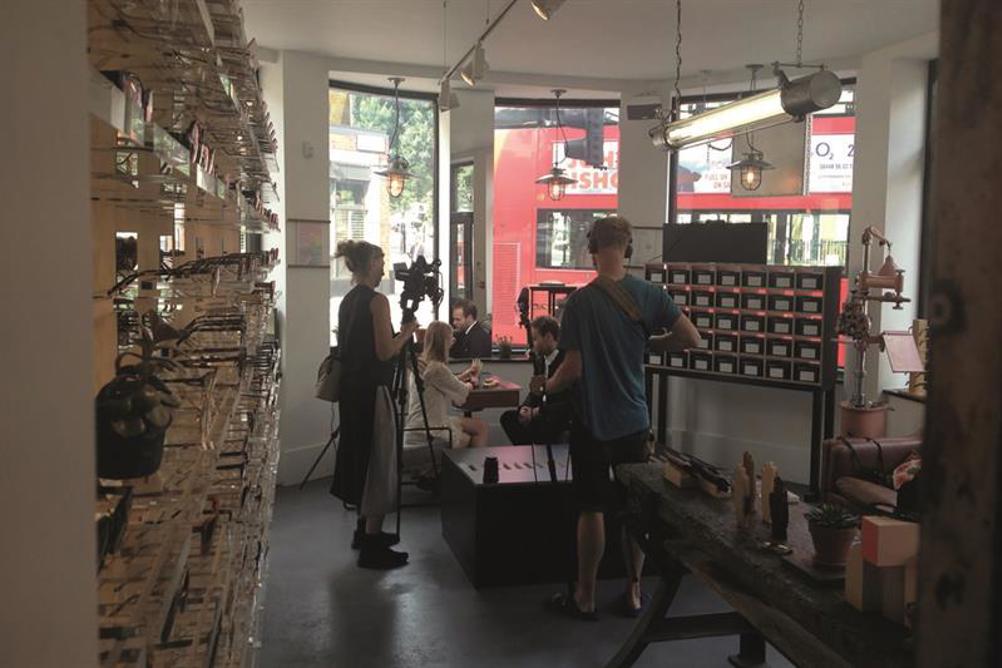
Spectacle-wearing can convey aspects of a person’s character. For many, eyewear has become a statement of fashion, culture and identity and is worn with confidence; some people even wear frames without corrective lenses. The proliferation of optical boutique practices and high street stores offer choice and designer frames, some seldom think of glasses as a medical appliance anymore. Yet this was exactly how they were defined by the National Health Service (NHS) just a few decades ago and we must not forget that, for some individuals, a stigma remains. It is not only the frame styles, but also the design of the service through which they are offered that has changed our relationship with these objects.
Register now to continue reading
Thank you for visiting Optician Online. Register now to access up to 10 news and opinion articles a month.
Register
Already have an account? Sign in here



